Jaisalmer Fort
The oldest still-inhabited hill fort in India looks like a magnificent golden sandcastle.
Jaisalmer Fort, like much of the city, is made from the golden-hued Jurassic sandstone of the region, and the effect is enchanting. From a distance, it looks like a golden sandcastle rising from the remote desert of western Rajasthan. But it is also a living fort, with about 3,000 inhabitants living within the complex.
The Jaisalmer Fort is the second-oldest fort in the state of Rajasthan, and the oldest continuously inhabited fort in India. It was built on a hill in the 12th century by Rajput ruler Rawal Jaisal. The double-fortified ramparts and circular bastions are incorporated into the stunning architectural design for extra protection during defense and battle.
Jaisalmer is on the edge of India, very near the Pakistan border, but it wasn’t always off the beaten path. Centuries ago, it was at the crossroads of several important trade routes, including the ancient Silk Road. Rich merchants built intricately carved havelis in the fort, adding to the beauty and charm of the “Golden City.”
A paved road takes you from the city up a ramp into the fort, through four huge gateways to Dushera Chowk, presided over by the beautifully carved Palace of the Maharawal, the former home of the monarch. The palace was turned into a museum and visitors can wander among the painted and tiled rooms, and up to the roof, the highest point in the fort, which offers stunning views.
The view from the Palace of the Maharawal, as well as other rooftops in Jaisalmer Fort, reveals the maze of narrow, twisting lanes that honeycomb through this ancient edifice. It’s a joy and delight to wander among them, letting yourself get lost. Residents share the confined space with several impressive Jain and Hindu temples, endless souvenir shops selling Rajasthani crafts such as puppets and textiles, guest houses and boutique hotels for every budget, cafes and restaurants, and, the fort museum itself.
Jaisalmer Fort is a UNESCO World Heritage site, part of a group of six hill forts in Rajasthan. But unlike most other forts, Jaisalmer is a living city that both preserves the past and thrives in the present.
Know Before You Go
Unfortunately, the tourist boom combined with water shortages in this desert location have added to the deterioration of the fort. Modern plumbing piped water into the fort, causing a leak that undermined the foundations. Several bastions collapsed and the fort was in jeopardy. Since then, conservation groups have repaired the damage, improved drainage, and fortified the structure, which though no longer in imminent jeopardy is still fragile. Visitors should use a minimum amount of water.




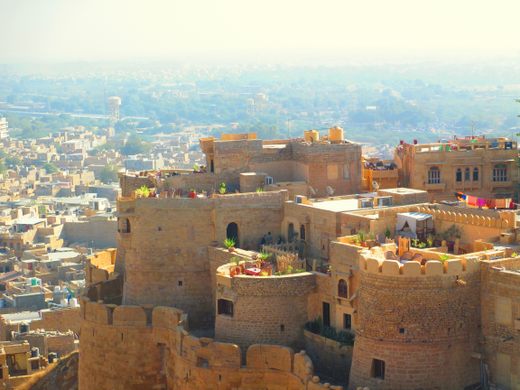
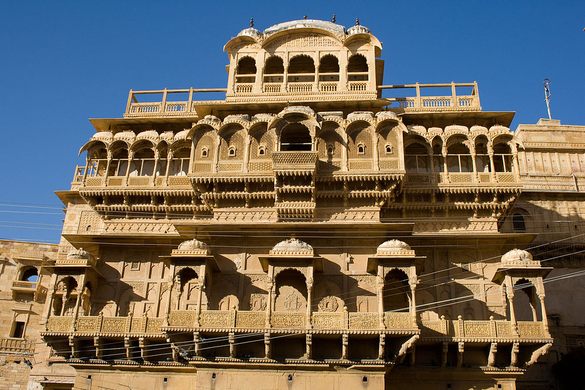









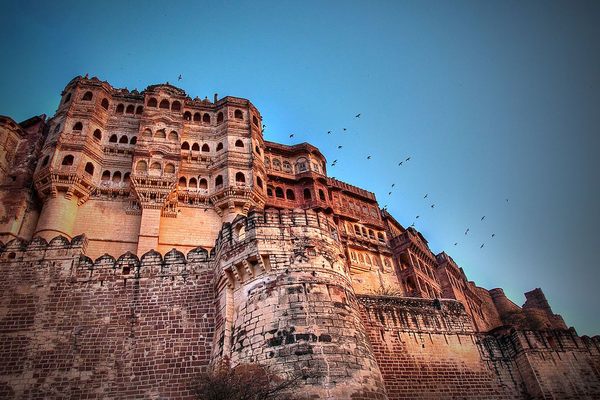
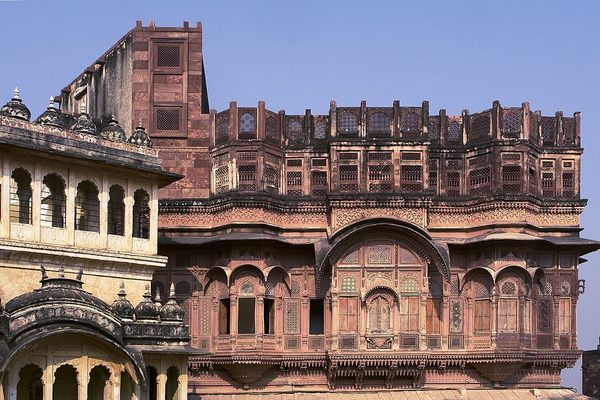

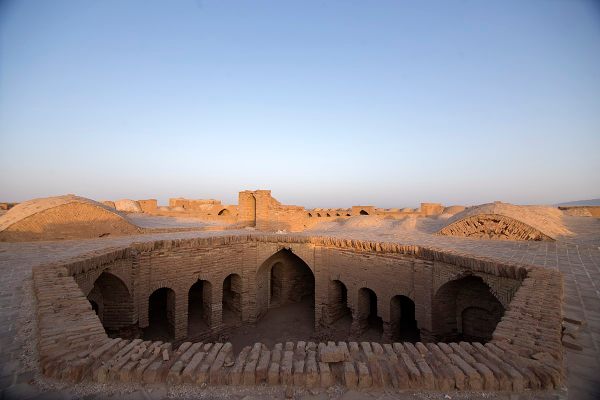




Follow us on Twitter to get the latest on the world's hidden wonders.
Like us on Facebook to get the latest on the world's hidden wonders.
Follow us on Twitter Like us on Facebook